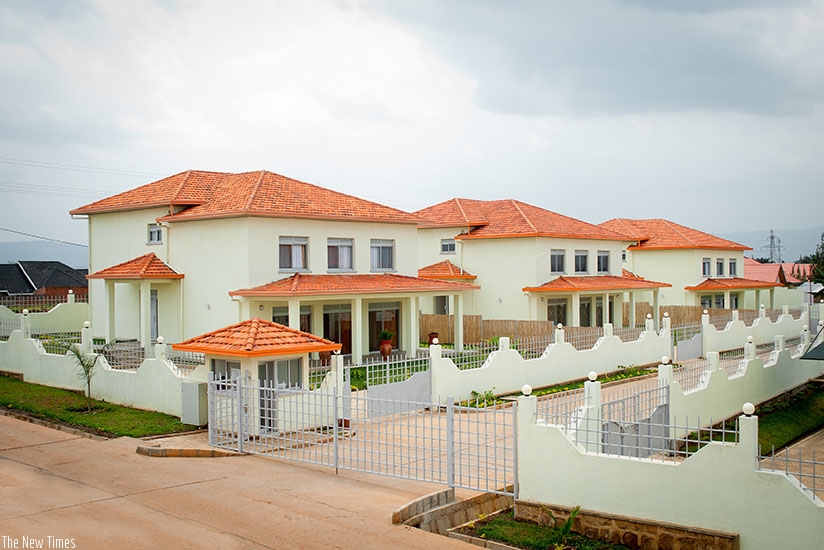This is a good reminder that there are indeed several justifications of one’s decision as to where to establish a dwelling. And that each factor in this decision making process has to be carefully and rigorously weighed in.


Editor,
RE: "Housing in Kigali; what determines where we stay” (The New Times, November 21).
This is a good reminder that there are indeed several justifications of one’s decision as to where to establish a dwelling. And that each factor in this decision making process has to be carefully and rigorously weighed in.
Yes, primarily, our mountainous sub-tropical terrain is the factor that must be considered first. Our dwellings must physically hold and be safe, as primordial criteria.
But prior to all the other factors the writer mentions, I wish he had insisted, in this opinion as well as on previous ones on this topic, on what I personally consider paramount in the matrix of all those decision factors determining where we stay: the appropriateness – or not – of where those ‘modern’ residential mansions that everyone is dreaming at and striving to emulate.
I think, instead of just copying models developed elsewhere, for other people’s needs, and eventually more or less forcing adaptations of those models into the particular Rwandan situation, or instead of just ‘creating’ structures direct out of our free mind and install them anywhere on peculiar Rwanda hill slopes, Rwandan experts in built environments ought first to thoroughly investigate this domain and come up with effective innovative guidance that would replace the actual vague aspirations to just emulate alien dwellings structures and layouts.
For instance, a hint at few among criteria that should be determining where to stay, and how to build dwellings in Rwanda: on which objective ground the Euclidian geometry would be the one recommended for our Rwandan hilly perched dwellings?
Why raw and fired bricks, or cement blocks, and corrugated iron roofs would they be the most recommended, considering, for example, the rain amount and relative humidity prevailing in our steep sloped region?
Perhaps dwellings ought to be different in each region, considering, first, respective major geo-climatic differences? Why grouped dwellings, and arranged in rows all over the country? How to plan and provide both public and private services differently in a non-flat physical environment?
Which sizes in various wall openings would be most appropriate, considering our climate, our deforested hill sides, and our socio-cultural living mode? Etc., etc.
Francois-X. Nziyonsenga


